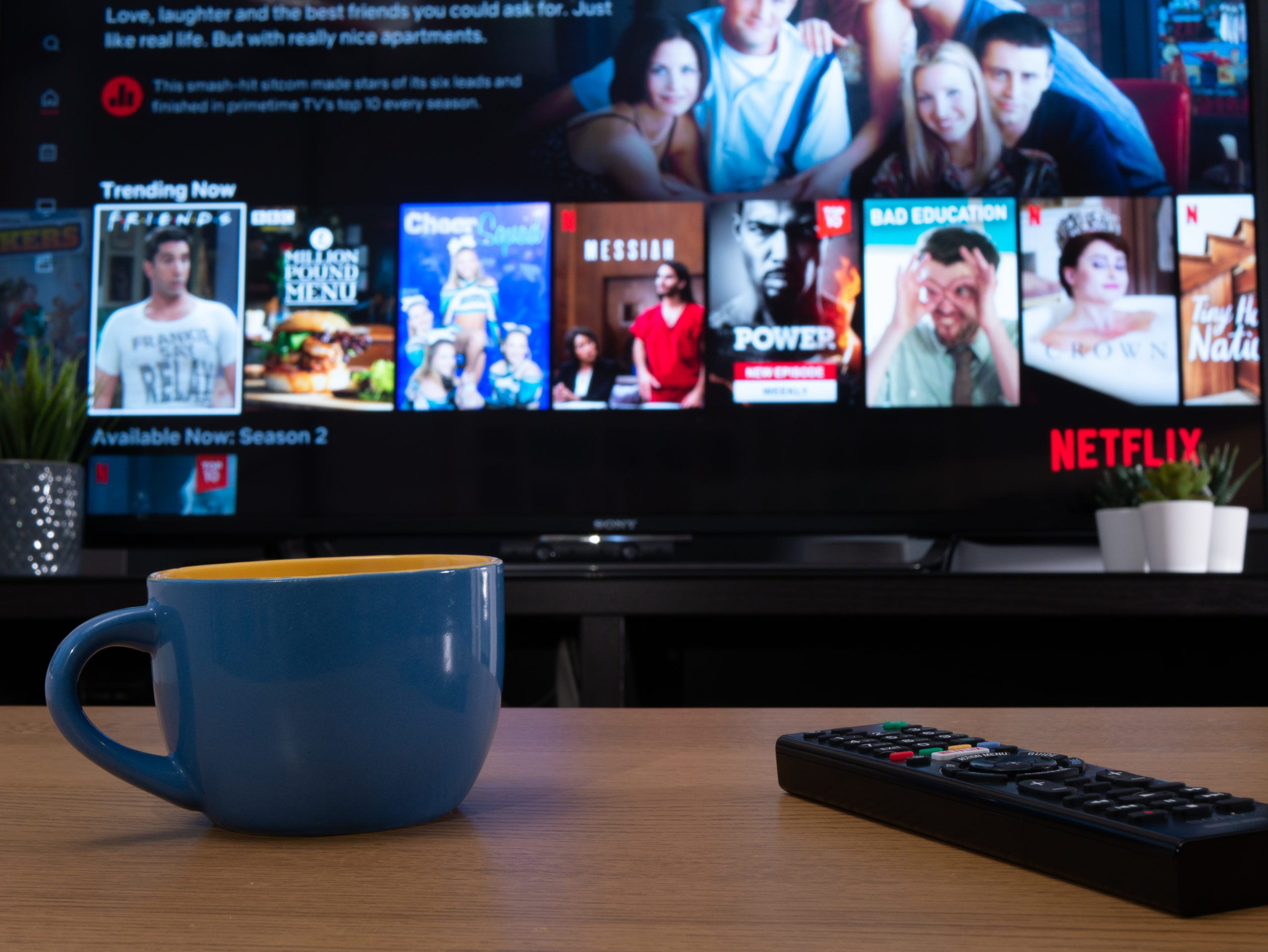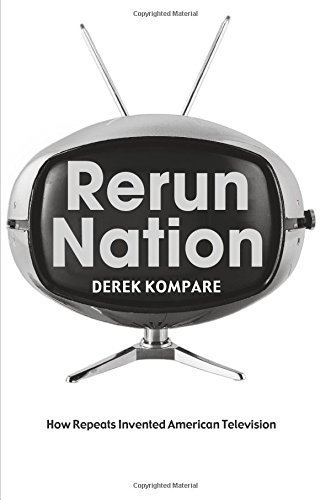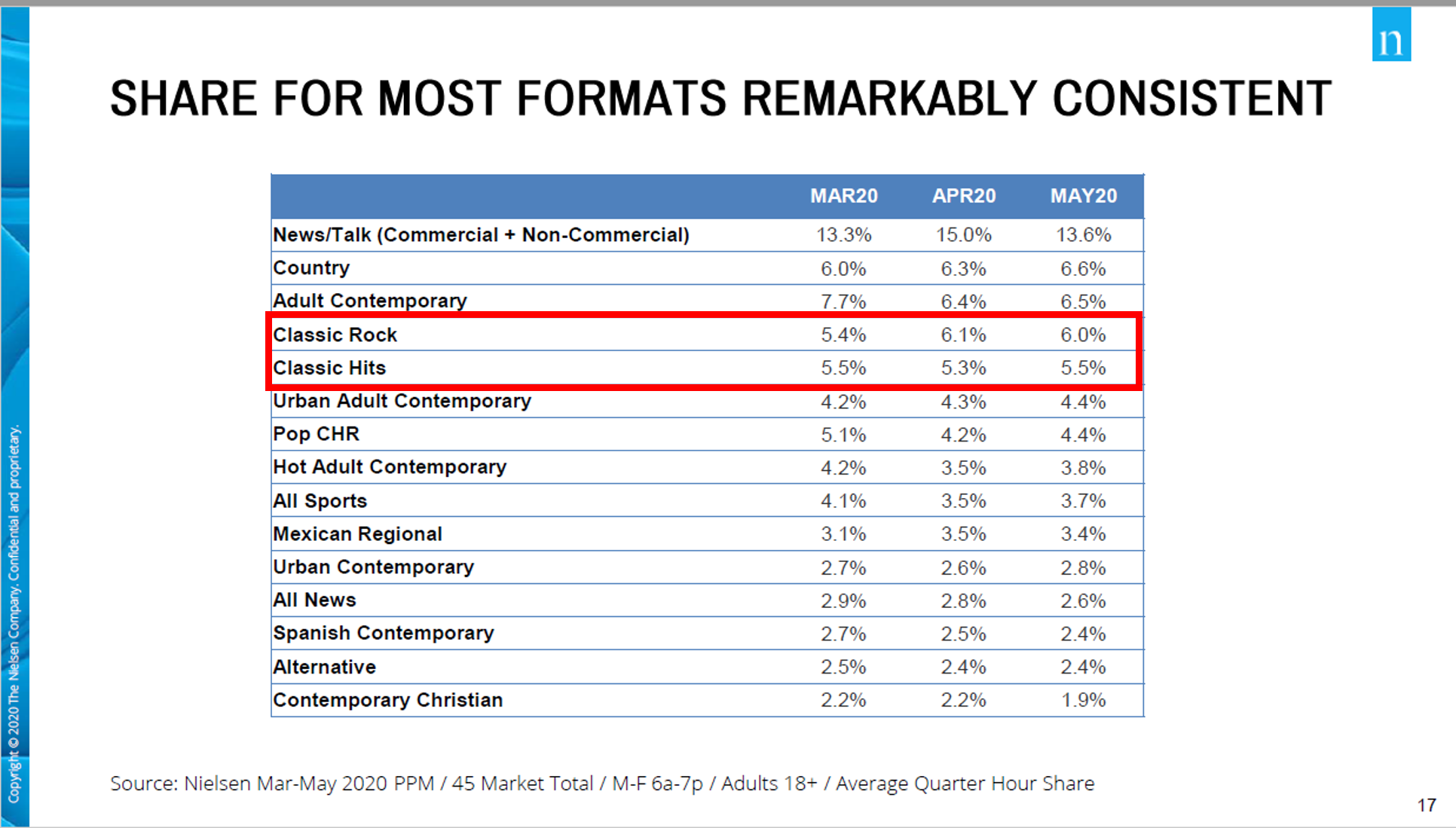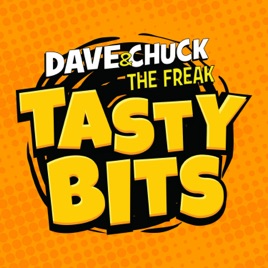 We’ve been asking ourselves many questions since the COVID-19 outbreak rocked our lives back in March.
We’ve been asking ourselves many questions since the COVID-19 outbreak rocked our lives back in March.
But one of the most frequently-asked has been, “Anything new on Netflix lately?”
The TV, film and movie production industry has been struggling since stay-at-home orders were issued three months ago, thanks to the virus. Many projects were put on hold, or scrapped altogether.
And that’s changed the conversation in Hollywood, always fixated on first-run, original programming. Netflix has been in the forefront of this trend, devoting upwards of $17 billion to content production this year.
Of course, that was before the coronavirus became a constant in our lives, forcing us to hunker down – and watch a lot more TV. Of the video streaming platforms, Netflix has been the big winner. They were the category leader going into COVID-19, and they will emerge as an even bigger force, despite a spate of new competition in the space from Disney, HBO, NBC, and more to come.
Much of the discussion about changing media consumption patterns during the pandemic has focused around the reshuffling of activities, locations, and (un)employment status. As many have lost their jobs, been furloughed, or have found themselves working from home, time in front of screens has increased exponentially.
Similarly for radio – and especially the struggling SiriusXM – less time in cars has made it challenging for most audio platforms. But according to Nielsen’s May PPM presentation last week and a clear data trend line in Jacobs Media’s COVID studies, consumers are beginning to return to their cars. And obviously, that’s a welcome sign for radio.
But a topic that has been glossed over revolves around how content choices we consume have changed thanks to the pandemic. In a recent Forbes article, a media professor at the University of Wisconsin, Derek Johnson, writes an important piece about television that has direct application to radio.
“Who Needs Original Programming? TV’s Pandemic Strategies Bear Repeat” walks the reader through the trend that has been coming together these past few years as original shows, series, and movies became a top priority not just for Netflix, but for Amazon, the Hallmark Channel, FX, Hulu, and of course, the three broadcast networks.
The incessant emphasis on the “new” has always been front and center in TV, driven originally by CBS, NBC, and ABC and the excitement of their new fall seasons, unveiling their new programming lineups.
But not now.
Due to the scarcity of original shows and content, TV programmers have been forced into the archives, pulling out what we used to call “reruns” to round out their lineups or their menus.
Professor Johnson points us to some required reading: Derek Kompare’s “Rerun Nation: How Repeat Invented American Television,” which makes the  point that content repetition through syndicated reruns have created an economy that has powered the TV industry with what he calls a “regime of repetition.”
point that content repetition through syndicated reruns have created an economy that has powered the TV industry with what he calls a “regime of repetition.”
But this isn’t anything new. It’s been there all along. As we wrote in a blog post last year, Netflix sunk billions into reruns of Friends, The Office, and other retreads – because they work.
And as Dr. Johnson points out, that’s the same familiar programming serving as the foundation for newcomers like Disney+, HBOMax and NBC’s Peacock platform set to debut in July.
Given their value to pull in viewers to second, third, and seventeenth viewings of Seinfeld or Big Bang Theory episodes, perhaps it’s time to retire the “rerun” label, and refer to this genre with a more accurate name:
Classic TV
And that’s the perfect segue to broadcast radio, and listening trends during the pandemic. That aforementioned Nielsen presentation last week contained many important nuggets of information, not the least of which was their ongoing tracking of format performance through the pandemic.
While spoken word programming on what are labeled News/Talk stations (and yes, it would sure be helpful to distinguish public radio from conservative talk stations) continue to dominate May PPM rankings, a look at Classic Hits and Classic Rock stations reveals amazing strength during these weeks of upheaval, isolation, and angst:

This is not to say that music formats that focus on the “new” are doomed until there’s a vaccine. But the retreat to the familiar and the repetitive is alive and well in media, whether it’s Friends episodes or favorites from Fleetwood Mac, Queen, and Led Zeppelin.
That’s why we don’t call these great library songs “reruns.” It’s much more appealing – and accurate – to call them Classic Rock.
For marketers of major brands, this should be great news – familiar, dependable programming that consistently engages millions of consumers is valuable content. But as we’ve discussed many times in this blog, logic and the advertising industry often do not go hand in hand.
That’s become especially true in the podcasting space. While Hollywood has been mostly sitting on their hands these past few months, others have used their free time during the lockdown to become podcasters. In fact, My Podcast Reviews reveals there have been north of 285,000 new podcasts produced in just the last 90 days.
And I’m sure most of these podcasts are entertaining, well-produced, and worthy of your time.
Despite this flurry of activity produced by folks trying to escape the boredom of being cooped up at home, most podcasts don’t perform well. For every Joe Rogan cutting $100+ million dollar deals, there are oceans of producers of on-demand audio who are likely members of the gig economy, trying to make ends meet.
So, you’d think that when advertisers and sponsors run across those rare podcasts that truly are consistent winners in terms of their ability to attract loyal listeners, they’d be throwing money after them.
But they don’t. Not in all cases.
That’s because if you talk to most of them about “repurposed” podcast content – OK, “reruns” – or maybe better yet, “Classic Radio” – they typically aren’t interested. They’ll tell you they’re far more enamored by original podcast content. That’s what they’ll pay a premium for in ads and sponsorships.
 But going back to our TV analogy, that’s inherently illogical. The eyeballs that enjoyed new episodes of Bosch on Amazon Prime Video or Tiger King on Netflix are the same ones relishing watching that episode of Cheers where Sam and Diane continue their love/hate relationship for the umpteenth time.
But going back to our TV analogy, that’s inherently illogical. The eyeballs that enjoyed new episodes of Bosch on Amazon Prime Video or Tiger King on Netflix are the same ones relishing watching that episode of Cheers where Sam and Diane continue their love/hate relationship for the umpteenth time.
And so it is with podcasts and “ears” – and specifically, “repurposed” on-demand audio that provide listeners with the chance to catch up on their favorite personality shows.
In fact, some of the most successful podcasts in broadcast radio – public or commercial – are repackaged audio from that day’s morning show or afternoon drive talk show.
What value do they have? If you encode their audio, listenership that occurs within 24 hours of the original broadcast actually “counts” in PPM markets.
But as for advertisers? Most stubbornly ignore the gigundous usage and download metrics these warmed-over podcasts consistently generate among their large, loyal audiences.
Here’s a true-life example – The Dave & Chuck the Freak Show on my hometown station, WRIF, is consistently the #1-rated morning ensemble in Detroit among 25-54 adults (as well as among myriad other demos). Like clockwork, they chop up each day’s show several ways – the full podcast, another production called “Tasty Bits” focused on the good stuff, and their wildly popular “Peep Show” video featuring the best bit of the day (a franchise WRIF has now taken out to live theater appearances throughout the year).
as among myriad other demos). Like clockwork, they chop up each day’s show several ways – the full podcast, another production called “Tasty Bits” focused on the good stuff, and their wildly popular “Peep Show” video featuring the best bit of the day (a franchise WRIF has now taken out to live theater appearances throughout the year).
I checked in with the WRIF digital team to see how these podcasts typically perform. And they tell me they attract in the neighborhood of 1.7 million downloads per month.
That includes, of course, their 20 original morning shows they create each month, along with the more than 800 back catalogue episodes (let’s call them “Classic Dave & Chuck the Freak Shows,” shall we?). That’s a lot of content.
While archived shows are popular, most of the downloads each month are for shows that ran during the current week or “today” – and that’s why Nielsen provides credit for the latter. Unlike those of us enjoying old episodes of Friends that are decades old, these radio morning show replays are fresh, new content that listeners are time-shifting for their convenience, often later the same day they aired.
Now, I’m sure that other talented people in the WRIF building or working for Beasley stations around the country are more than capable of creating compelling podcast content. But you have to wonder how many could ever achieve anywhere near this impressive level of performance and loyalty. And yet, advertisers consistently discount the value of these “ears,” because the content technically isn’t “original.”
Yes, it would help to retire the term “repurposed radio shows” and put it out to pasture in our musty “TV reruns” file because it does radio sellers and the shows that create them no favors.
I’ve often heard podcasters sneer over the value of these swollen metrics for classic radio shows, lamenting why broadcasters can’t seem to create original content that attracts millions of downloads.
And the fact is, they are – with episodes that aren’t “dropped” once a week (or once a month or whenever), but shows that air every single weekday. In  fact, half of all the so-called valid podcasts in the marketplace haven’t produced a single episode in the last 90 days. There’s not a radio morning show in America that could get away with that level of inactivity and irregularity.
fact, half of all the so-called valid podcasts in the marketplace haven’t produced a single episode in the last 90 days. There’s not a radio morning show in America that could get away with that level of inactivity and irregularity.
These podcasts for commercial radio’s best shows are every bit as valuable to advertisers as classic episodes of Fresh Air, This American Life, and Serial. Or Cheers and Friends.
Ears are ears.
So, what are your favorite podcasts during the pandemic? I’m going back to listen to Dave & Chuck’s bit about the 10-day love challenge that aired back in April.
Thanks to Steve Goldstein for the metrics help.
Data courtesy of the My Podcast Reviews service, by Daniel J. Lewis.
- What To Do If Your Radio Station Goes Through A Midlife Crisis - April 25, 2025
- A 2020 Lesson?It Could All Be Gone In A Flash - April 24, 2025
- How AI Can Give Radio Personalities More…PERSONALITY - April 23, 2025




Leave a Reply